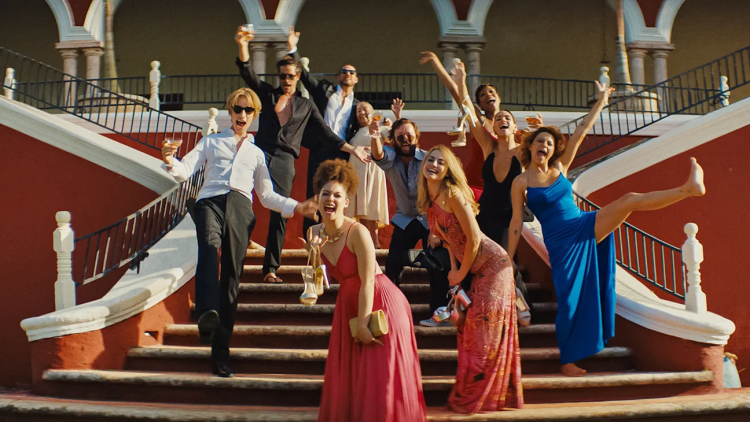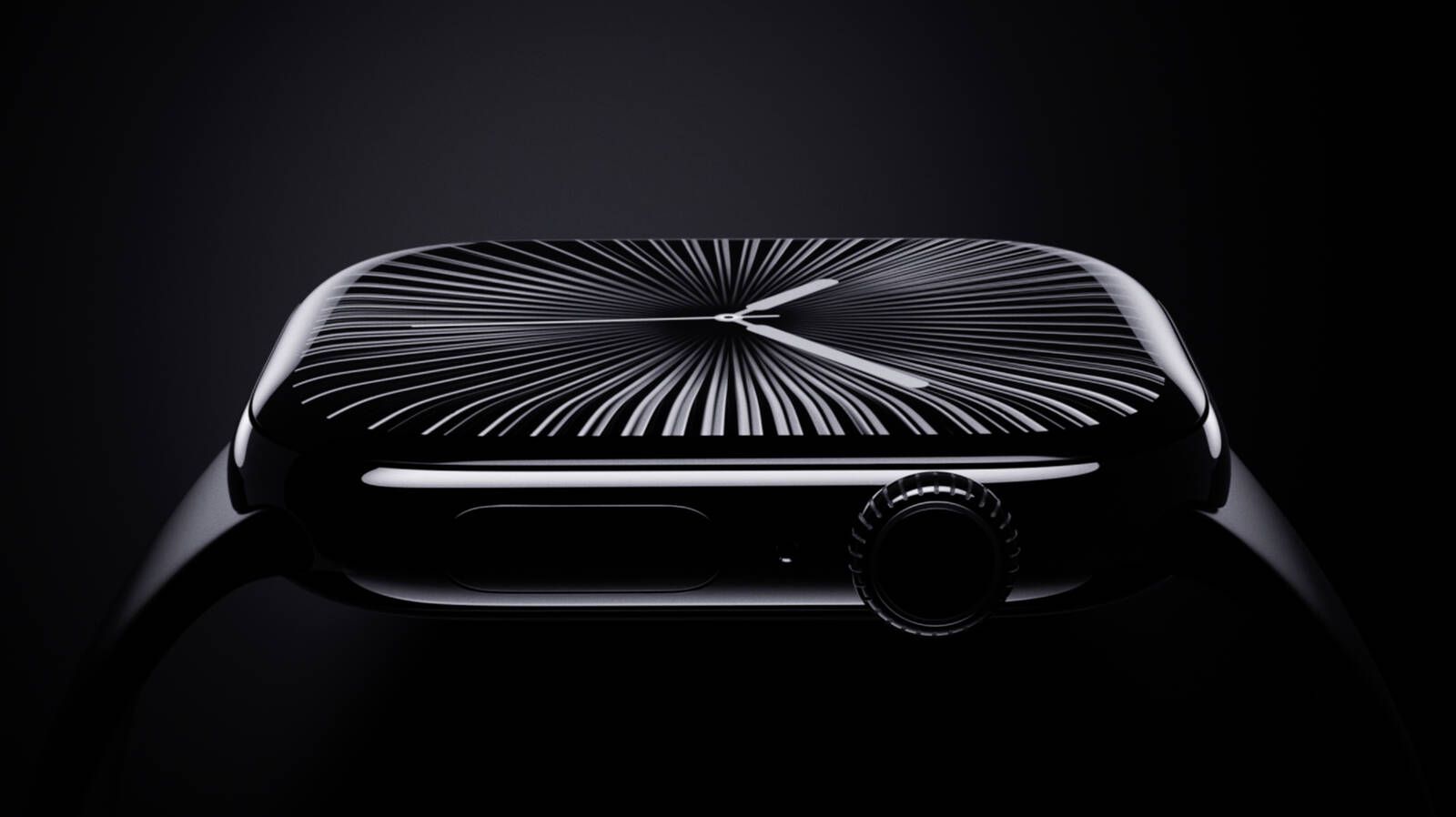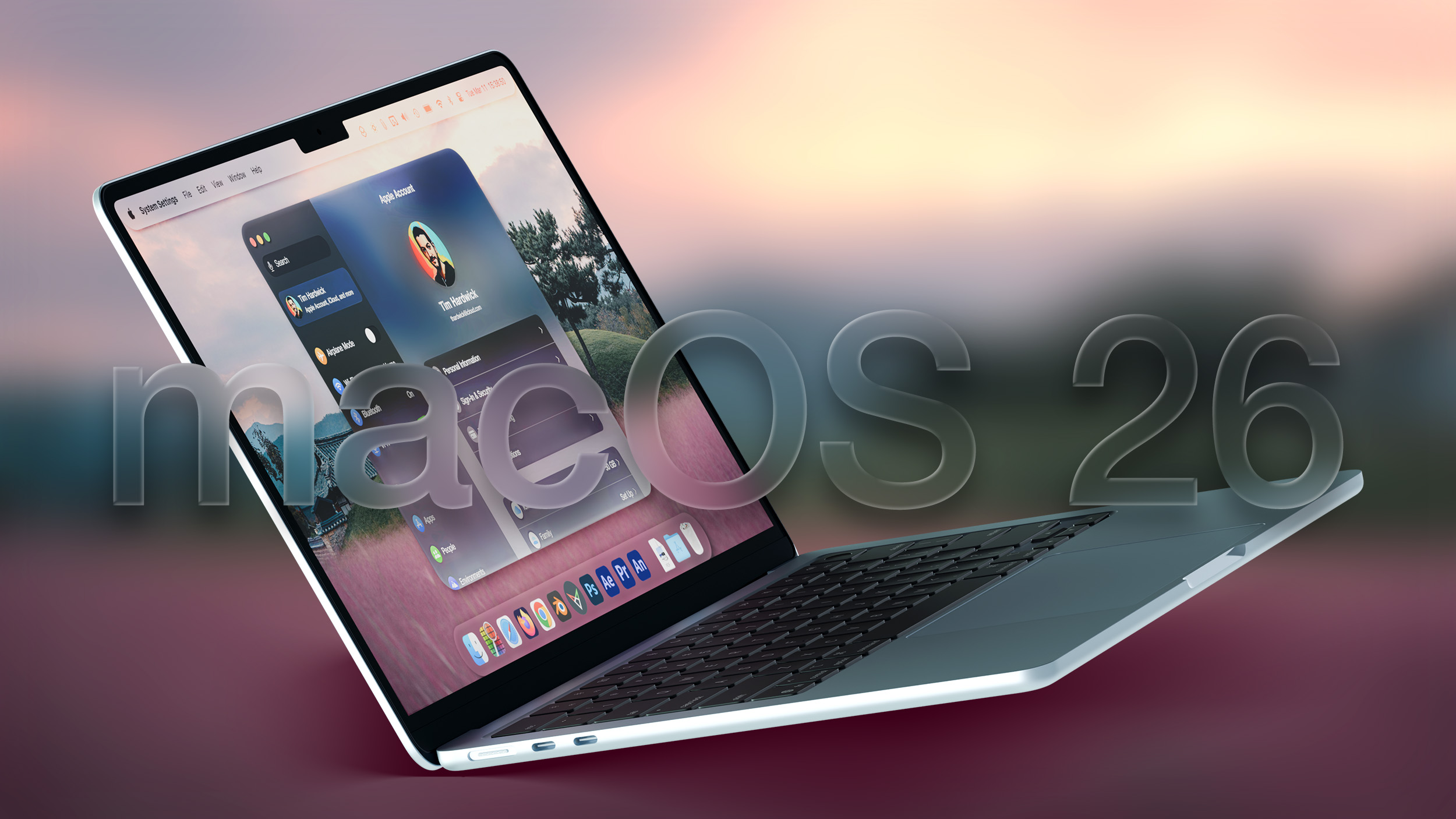-
Introduction
- Brief overview of cinema's power and evolution.
-
The Birth of Cinema
- The inception successful the 1890s.
- The Lumière brothers and the archetypal commercialized movie screening.
-
The Silent Film Era
- Key characteristics of the era.
- Major figures: Charlie Chaplin, Buster Keaton, D.W. Griffith.
- Transition to dependable with "The Jazz Singer."
-
The Golden Age of Hollywood
- The emergence of the workplace system.
- Iconic stars and landmark films.
- Technological advancements: colour films and enhanced sound.
-
New Waves and International Cinema
- Post-WWII cinematic changes.
- Italian Neorealism and the French New Wave.
- Influence connected planetary cinema storytelling and style.
-
Blockbusters and Technological Advances
- The epoch of "Jaws" and "Star Wars."
- The interaction of CGI connected filmmaking.
- Notable films and directors of the era.
-
The Modern Era
- The integer gyration successful cinema.
- Impact of streaming services and integer cinematography.
- The planetary accessibility of films.
-
Conclusion
- Summary of cinema's ongoing improvement and its taste impact.
-
FAQs
- What was the archetypal movie ever made?
- How did soundless films interaction modern cinema?
- What are the large technological advancements successful filmmaking?
Introduction Cinema, an creation signifier and a mean of wide entertainment, has undergone melodramatic transformations since its commencement successful the precocious 19th century. From elemental moving images to analyzable storytelling platforms, cinema continues to power cultures and societies astir the world.
The Birth of Cinema In the 1890s, the satellite witnessed a revolutionary invention—the cinematograph by Auguste and Louis Lumière. This instrumentality not lone recorded question pictures but besides projected them, allowing aggregate radical to acquisition the magic of moving images simultaneously. Their archetypal commercialized screening successful 1895, showcasing mundane French life, marked the opening of nationalist cinema.
The Silent Film Era During the soundless movie era, the movie manufacture honed the creation of ocular storytelling. Icons similar Charlie Chaplin and Buster Keaton brought distant films that mastered the blend of comedy, drama, and action—all without spoken dialogue. "The Jazz Singer" successful 1927 introduced synchronized sound, pivoting cinema into the epoch of talkies, everlastingly changing the scenery of movie production.
The Golden Age of Hollywood Hollywood's Golden Age was characterized by the dominance of large studios specified arsenic MGM and Warner Bros. This play gave emergence to planetary stars and produced immoderate of the astir iconic films successful history, specified arsenic "Gone with the Wind" and "Casablanca." Technological advancements during this epoch included the instauration of Technicolor and improved dependable systems that enhanced the cinematic experience.
New Waves and International Cinema The post-war epoch saw a displacement successful cinematic look with movements similar Italian Neorealism and the French New Wave. Directors similar Federico Fellini and Jean-Luc Godard challenged accepted filmmaking, opting alternatively for a much idiosyncratic and realistic depiction of life, influencing filmmakers worldwide.
Blockbusters and Technological Advances The 1970s marked the emergence of the blockbuster, reshaping the economics of movie with monolithic promotional campaigns and wide releases. The advent of CGI exertion allowed filmmakers similar James Cameron to make visually breathtaking and technically analyzable movies similar "Titanic."
The Modern Era Today, integer exertion dominates the movie industry, revolutionizing the mode films are shot, edited, and distributed. Streaming services person besides democratized entree to cinema, allowing divers and autarkic voices to beryllium heard globally.
Conclusion The improvement of cinema is simply a testament to the enduring powerfulness of storytelling. As exertion continues to evolve, truthful excessively volition cinema, offering caller ways to archer the affluent stories that specify the quality experience.
FAQs
- What was the archetypal movie ever made?
- Generally, "Roundhay Garden Scene" (1888) is considered 1 of the archetypal films ever made.
- How did soundless films interaction modern cinema?
- Silent films developed foundational filmmaking techniques utilized successful communicative storytelling, including mise-en-scène and montage.
- What are the large technological advancements successful filmmaking?
- Key advancements see the instauration of sound, color, CGI, and integer cinematography.
This exploration of cinema's past not lone reflects the technological advancement but besides the taste shifts that person shaped today's planetary cinematic landscape. For much insights into the fascinating satellite of films, sojourn Kiksee Magazine.
 (2).png)
 1 year ago
49
1 year ago
49











 English (US) ·
English (US) ·